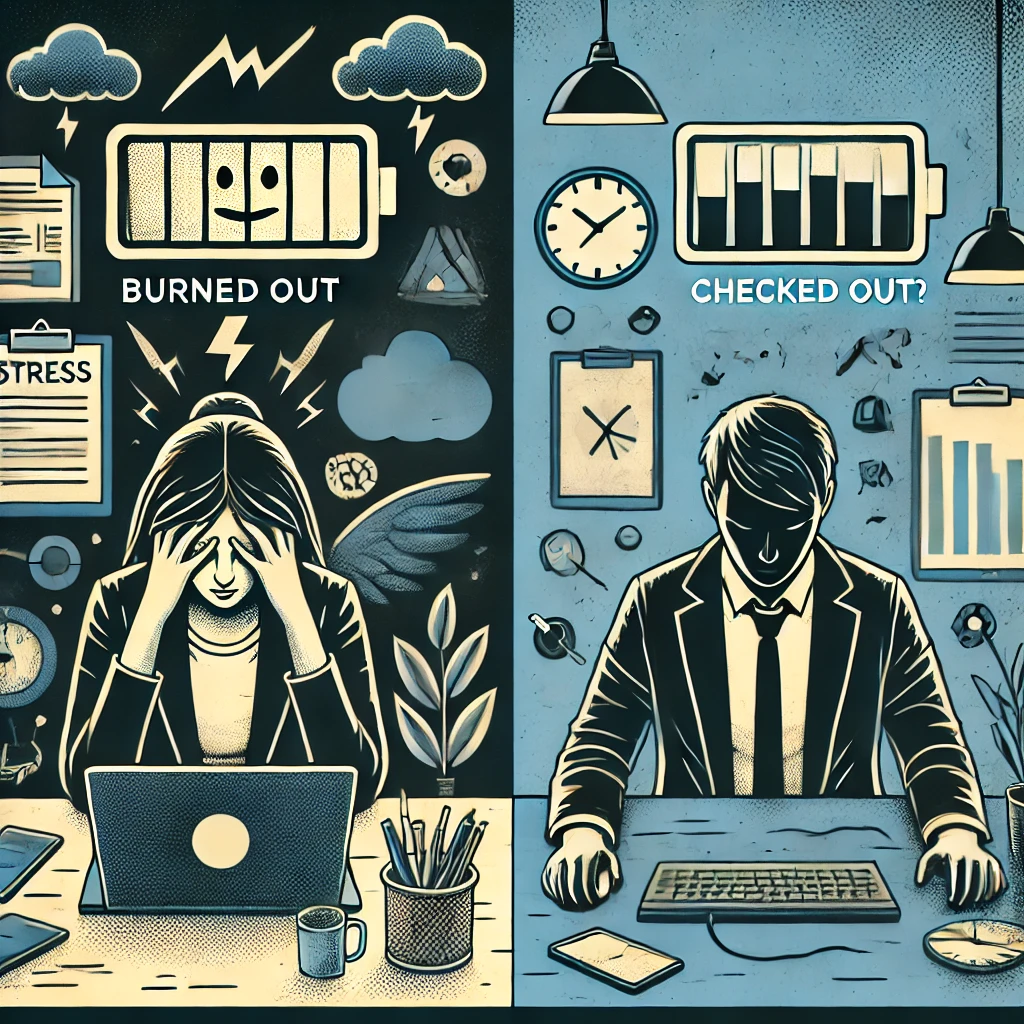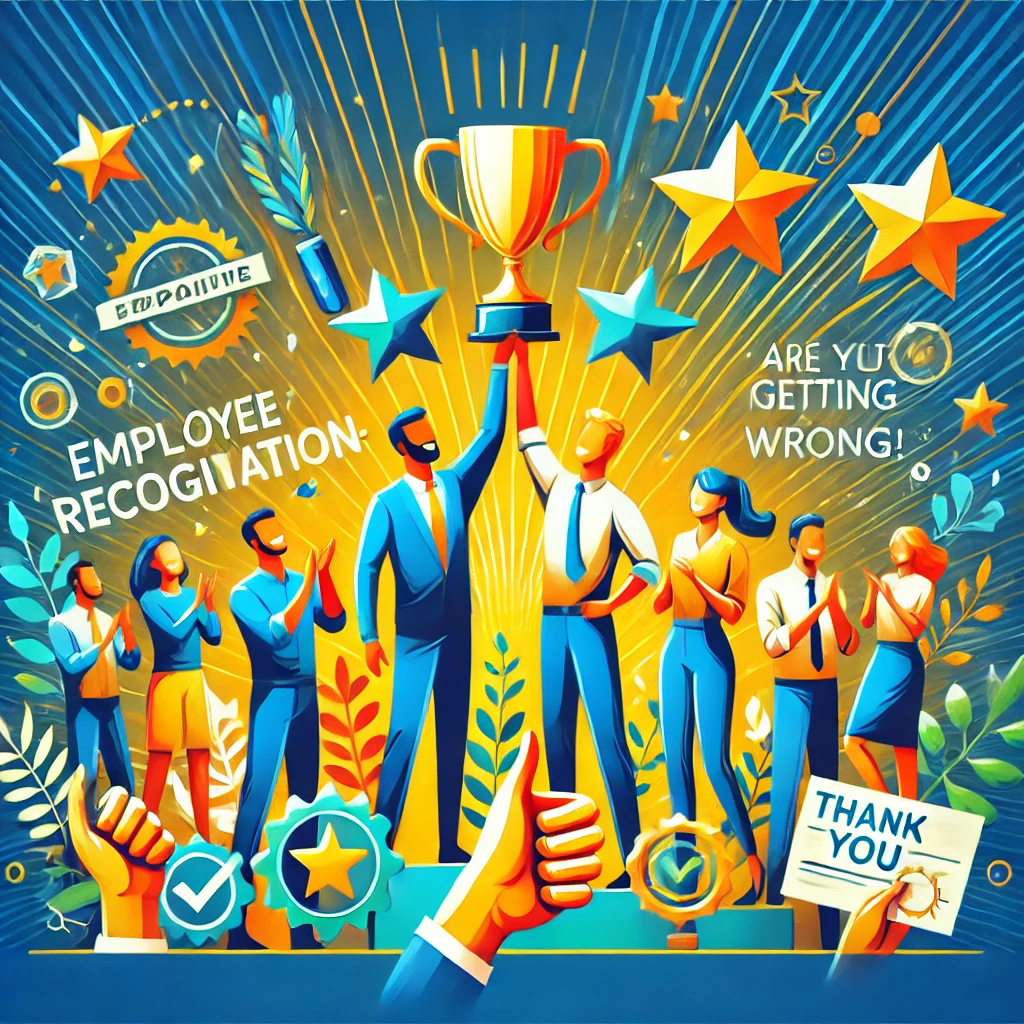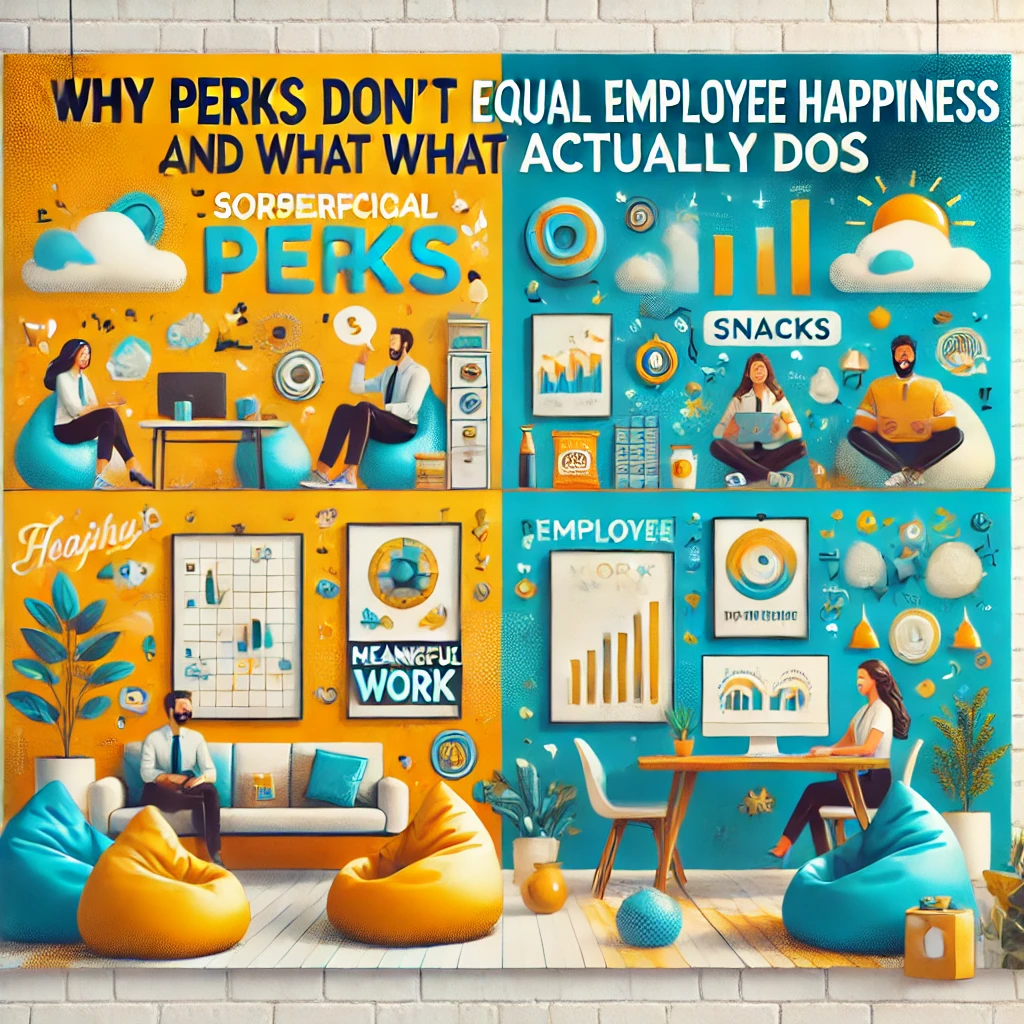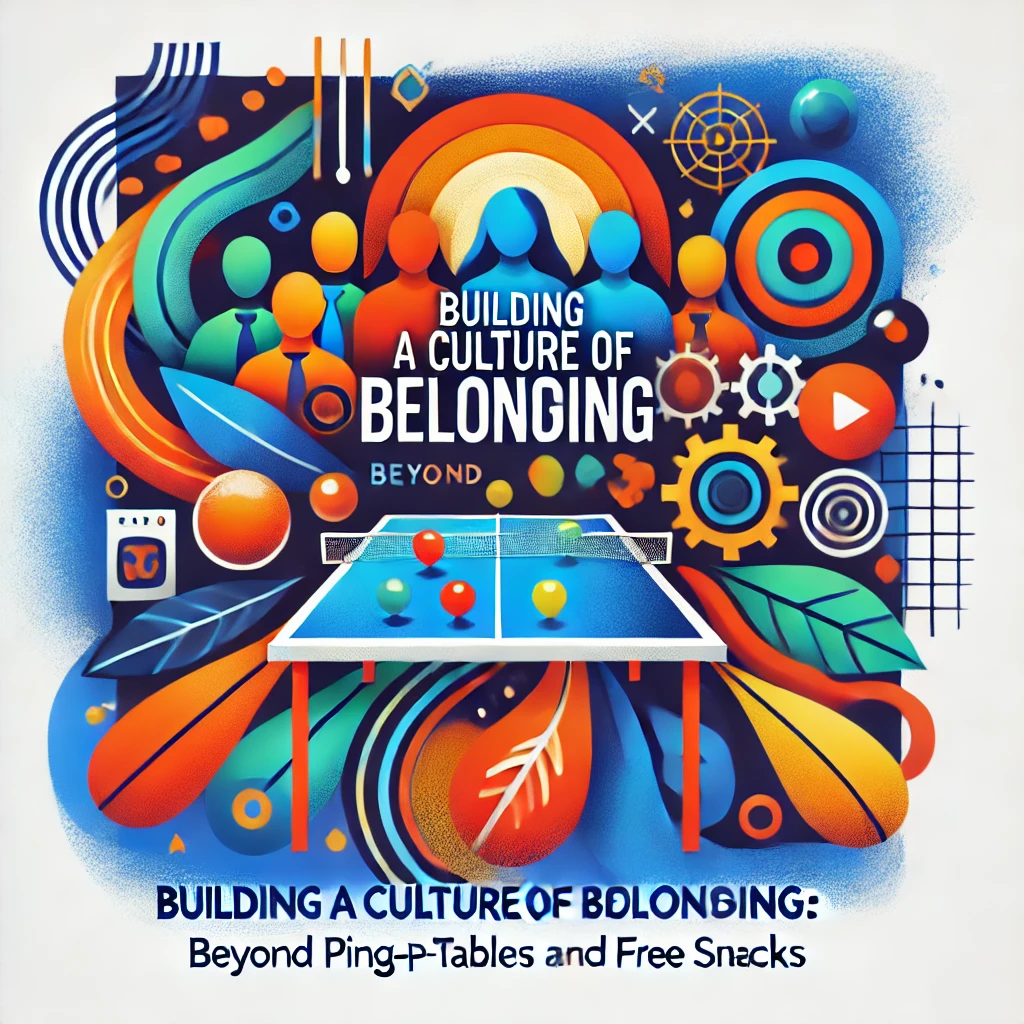Diversity has become a buzzword in corporate circles. Companies proudly highlight their diverse hiring statistics, post photos of multicultural teams on social media, and celebrate international holidays in the office. But here’s the truth: diversity alone isn’t enough. Without genuine inclusion, diversity is just for show.
A company can hire people from different backgrounds, but if those employees don’t feel valued, heard, or empowered, what’s the point?
Understanding the Difference Between Diversity and Inclusion
- Diversity is about representation—bringing people from different backgrounds, cultures, genders, and experiences into the workplace.
- Inclusion is about creating an environment where everyone feels welcome, respected, and able to contribute fully.
Think of diversity as being invited to the party, and inclusion as being asked to dance.
Why Diversity Without Inclusion Fails
- Surface-Level Representation:
Hiring diverse talent without changing company culture leaves employees feeling like outsiders. - Tokenism:
When diversity is used as a marketing tool rather than a genuine effort, it feels performative. - Lack of Belonging:
Without inclusive practices, diverse employees may feel isolated, unheard, and disengaged. - High Turnover Rates:
Diverse hires are more likely to leave if they face bias or exclusion in the workplace.
How Inclusion Drives Success
- Boosts Innovation:
Inclusive teams bring diverse perspectives, leading to creative solutions and better decision-making. - Improves Employee Engagement:
When employees feel included, they are more motivated, productive, and committed. - Strengthens Company Reputation:
Genuine diversity and inclusion efforts build trust with employees, customers, and stakeholders. - Attracts Top Talent:
Inclusive workplaces are more appealing to job seekers who value authenticity and respect.
Building an Inclusive Workplace
- Listen to Employee Voices:
Encourage open dialogue through surveys, focus groups, and one-on-one conversations. - Implement Bias Training:
Provide training to address unconscious bias and foster inclusive behaviour. - Create Employee Resource Groups (ERGs):
Support networks for different communities (LGBTQ+, women, people with disabilities) help build belonging. - Diverse Leadership Representation:
Inclusion must start at the top. Diverse leadership ensures diverse voices are part of decision-making. - Celebrate Differences Year-Round:
Inclusion isn’t limited to special occasions—it should be woven into daily operations. - Review Policies for Equity:
Ensure hiring, promotions, and benefits are fair and equitable for all employees.
Companies Leading with Inclusion
- Microsoft: Invests in accessibility and inclusion initiatives, supporting employees with diverse needs.
- Accenture: Holds leaders accountable for inclusion goals and supports employee networks across various groups.
- Tata Consultancy Services (TCS): Focuses on gender diversity and inclusive hiring practices across India.
Signs Your Workplace Lacks Inclusion
- Diverse Hires Leave Quickly:
High turnover among underrepresented groups signals a lack of inclusion. - Limited Participation in Decision-Making:
If diverse voices aren’t part of strategy and innovation, inclusion is lacking. - One-Size-Fits-All Policies:
Policies that ignore cultural, gender, or personal differences can alienate employees. - Low Employee Engagement:
A disengaged workforce often points to feelings of exclusion or being undervalued.
Final Thoughts
Diversity might open the door, but inclusion makes people stay. It’s not enough to hire for diversity—organisations must actively create environments where all employees feel safe, valued, and empowered to thrive.
Companies that move beyond diversity checkboxes and invest in genuine inclusion will build stronger, more innovative, and resilient workplaces.
So, ask yourself—is your organization truly inclusive or just diverse on paper?








